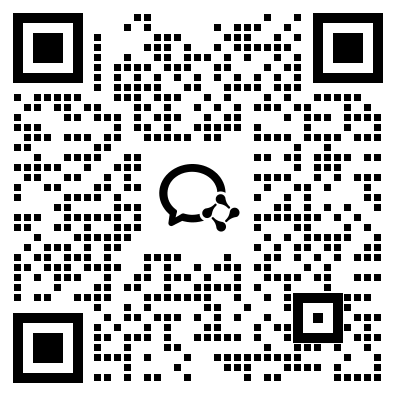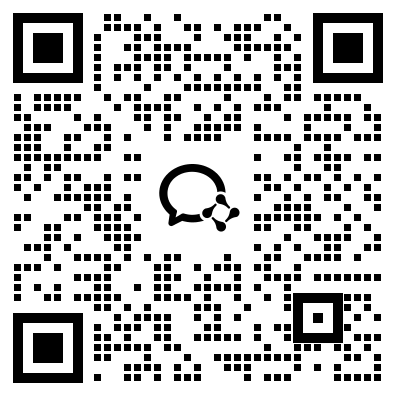Phytochemical management of root knot nematode (Meloidogyne incognita) kofoid and white chitwood by Artemisia spp. in tomato (Lycopersicon esculentum L.)
收藏Mendeley Data2024-06-25 更新2024-06-27 收录
下载链接:
https://scielo.figshare.com/articles/Phytochemical_management_of_root_knot_nematode_Meloidogyne_incognita_kofoid_and_white_chitwood_by_Artemisia_spp_in_tomato_Lycopersicon_esculentum_L_/11314706/1
下载链接
链接失效反馈资源简介:
Abstract In vitro and screen house experiments were conducted to investigate the effectiveness of thirteen phytochemicals from Artemisia elegantissimia and A. incisa on root knot nematode, Meloidogyne incognita in tomato (Lycopersicon esculentum L.) cv. Rio Grande. A positive control (Carbofuran) and negative control (H2O) were also used for comparison. Effectiveness of phytochemicals against juveniles (J2s) mortality and egg hatch inhibition were evaluated after 24, 48 and 72 hours of incubation at three concentrations viz; 0.1, 0.2 and 0.3 mg/mL in vitro conditions. Amongst thirteen phytochemicals, Isoscopletin (Coumarin), Carbofuran and Apigenin (Flavonoid) showed the highest mortality and egg hatch inhibition of M. incognita at all intervals. Inhibition of eggs and J2s mortality were the greatest (90.0%) and (96.0%) at 0.3 mg/mL concentration. Application of phytochemicals caused reduction in number of galls, galling index, and egg masses on tomato plant and enhanced plant growth parameters under screen house conditions. Gall numbers (1.50), galling index (1.00), number of juveniles (4.83) and egg masses (4.00) were greatly reduced and plant growth parameters such as; plant height (28.48 cm), fresh (72.13 g) and dry shoot weights (35.99 g), and root fresh (6.58 g) and dry weights (1.43 g) were increased significantly by using Isoscopletin. In structure activity relationship, juveniles of M. incognita, exhibited variations in their shape and postures upon death when exposed to different concentrations of phytochemicals of Artemisia spp. The present study suggests that Artemisia based phytochemicals possess strong nematicidal effects and can be used effectively in an integrated disease management program against root knot nematodes.
创建时间:
2023-06-28



